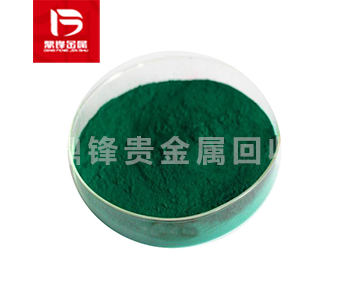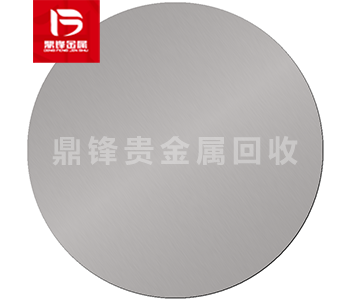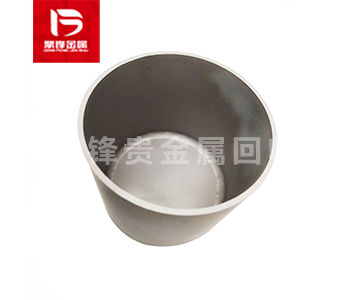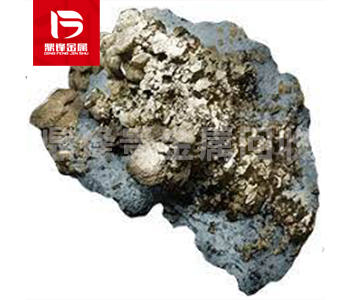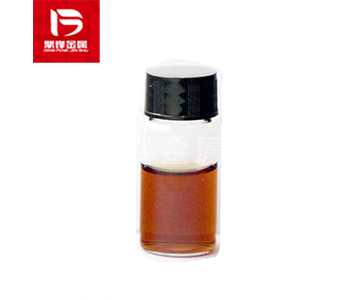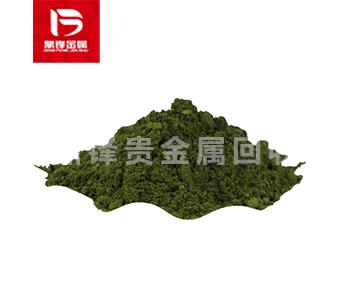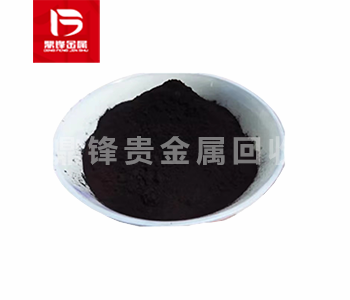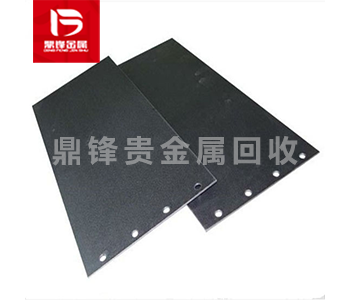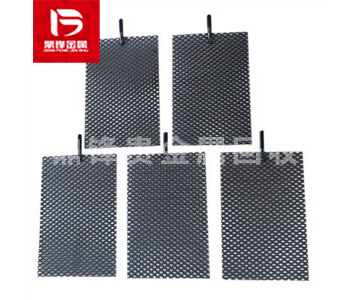The whole process of iridium recovery from iridium crucible
Iridium is a rare precious metal with high corrosion resistance and good conductivity. It is widely used in aerospace, electronics, electrical equipment and medical equipment. As a high-value precious metal, the recycling of iridium plays an important role in modern industry. Especially in the refining process of iridium crucible, the recycling of iridium can not only effectively utilize resources and reduce environmental pollution, but also bring considerable economic benefits to related industries. This article will analyze in detail the whole process of refining iridium crucible into iridium to help everyone better understand this high-tech metal refining process.
1. What is an iridium crucible?
Iridium crucible is a high-temperature resistant container made of iridium alloy, usually used for high-temperature smelting, metal smelting and other work. Because iridium has an extremely high melting point (over 2000°C) and strong corrosion resistance, iridium crucible is often used to smelt other precious metals, especially in precision experiments or chemical reactions under high temperature environments.
Although iridium is a rare metal, due to its special properties, iridium crucible is still in great demand in some fields. For example, in some high-precision material processing and scientific research equipment, iridium crucible is an indispensable tool. Therefore, the recycling and refining of iridium crucible has become a key step to improve resource utilization and reduce production costs.
2. The recycling value of iridium crucible
The market price of iridium is relatively high, and its scarcity makes the recycling of iridium of great economic value. Traditional iridium crucibles generally have a long service life, but during use, iridium will be affected by high temperature and chemical reactions, which may cause loss, surface wear or partial metal deterioration. Therefore, recycling iridium crucibles can not only reduce resource waste, but also recycle iridium metal with higher purity through refining.
By recycling iridium crucibles, not only can high-purity iridium metal be obtained, but also contributions can be made to environmental protection, avoiding iridium waste from polluting soil and water sources.
3. Process flow of iridium crucible refining into iridium
The recycling and refining process of iridium is relatively complex, involving a variety of technical means and equipment. In order to maximize the extraction of iridium, the following steps are usually taken:
1. Collection and pretreatment of iridium crucibles
The first step in the recycling of iridium crucibles is to collect and preliminarily physically clean the waste iridium crucibles. The main task of this stage is to remove the impurities and surface dirt in the crucible for subsequent processing. During the pretreatment process, it may be necessary to use special tools to mechanically grind or chemically clean the crucible surface to remove oxides, carbides, etc.
2. Crushing and pulverizing
The iridium crucible after pretreatment usually needs to be crushed and pulverized. This process mainly refines the large pieces of iridium crucible material into smaller particles or powdered substances. By pulverizing, the contact area between iridium metal and other components can be increased, providing conditions for subsequent dissolution and separation.
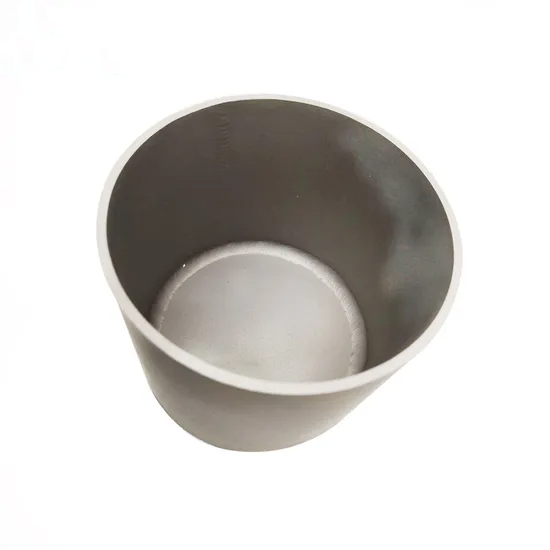
3. High-temperature smelting
The crushed iridium crucible material enters the smelting stage. At this stage, the material of the iridium crucible usually needs to be mixed with other chemical reagents (such as sodium chloride, potassium chloride, etc.) and heated in a high-temperature furnace. Through smelting, the iridium metal in the iridium crucible is separated and converted into liquid iridium. This process requires controlling the smelting temperature and time to ensure that the iridium metal can be completely melted and separated from other impurities.
4. Chemical separation
The iridium alloy after smelting may still contain some impurities (such as precious metals such as palladium and platinum or other elements), which need to be separated by chemical methods. Common chemical separation methods include hydrometallurgy and pyrometallurgy.
Hydrometallurgy: Iridium is extracted from other metals by dissolving metals with acids. Commonly used acids include concentrated sulfuric acid, chloric acid, etc. This process requires precise temperature control and acid concentration adjustment to ensure that the iridium metal is completely separated.
Pyrometallurgy: Through chemical reactions at high temperatures, impurities in the iridium alloy react with other components to generate volatile substances, thereby separating pure iridium.
5. Refining and purification
After the iridium refining process is completed, further refining operations may be required. The purpose of refining is to improve the purity of iridium metal and remove trace impurities. Common refining methods include electrolytic refining, solvent extraction, etc.
Electrolytic refining: The molten iridium metal is used as the anode, and the electrolytic reaction is carried out in the electrolytic cell, and pure iridium will gradually deposit on the cathode. This process can improve the purity of iridium, usually reaching more than 99.9%.
Solvent extraction: Iridium is further purified from other metals through specific solvents. This method is usually suitable for alloys with low iridium content.
6. Casting and molding of iridium metal
The refined pure iridium metal will be cast into different forms to meet market demand. Iridium can be cast into blocks, discs, rods, etc., and can also be further processed into films or other high-precision products as needed.
Application of iridium
The refined iridium metal has higher purity and better physical and chemical properties, and can be widely used in many fields:
Aerospace: Iridium has important applications in spacecraft engines and sensors. Its high corrosion resistance and high temperature resistance make it an ideal material for spacecraft.
Electronic equipment: Iridium can be used to manufacture efficient electronic components, such as electrical contact materials, electrodes and sensors.
Medical field: The biocompatibility of iridium has made it used in some medical devices, especially as a radiation source in radiotherapy.
The extraction of iridium crucible is a highly technical process involving multiple complex steps, including collection, crushing, smelting, chemical separation, refining and casting. Through this process, not only can high-purity iridium metal be extracted to enhance its application value, but also the recycling of resources can be effectively realized. With the continuous advancement of science and technology and the increasing shortage of iridium resources, the recovery and extraction of iridium will receive more and more attention and bring more economic and environmental benefits to related industries.



